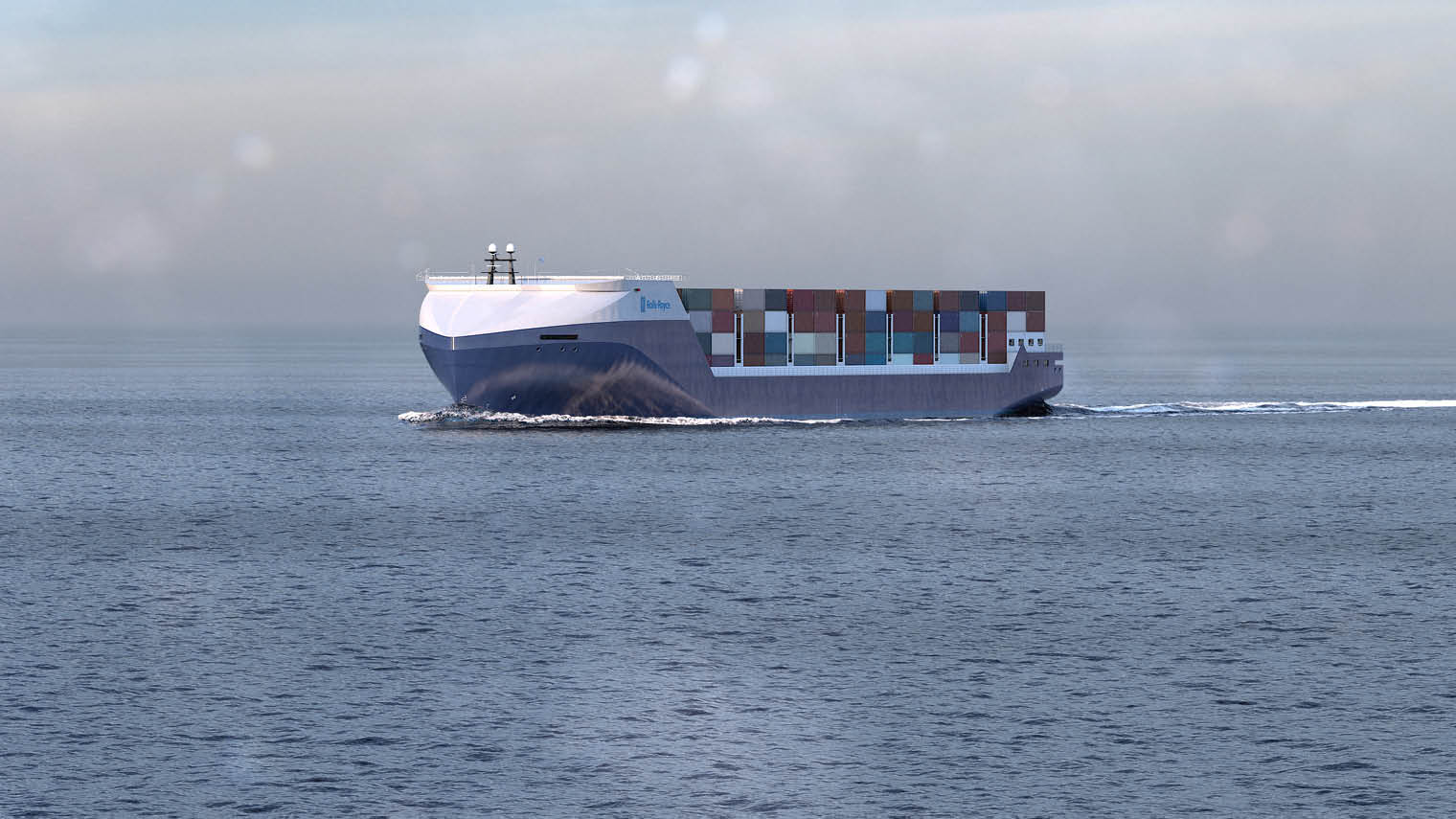
The rapid pace of change in technology presents incredible opportunities for Maritime Autonomous Systems (MAS); we need to be clear on how to safely and securely exploit these opportunities by asking some key questions.
What do we want to use MAS for?
When new ideas and technologies emerge there is always the risk of having a “solution looking for a problem”, and we need to avoid constraining our thinking to “how can we do our current jobs better?”
Frequently the approach is to think about the Dull, Dirty, Dangerous tasks – certainly there are activities for MAS to take on that meet these criteria. For example, Thales is delivering the Maritime Mine Countermeasures (MMCM) project to the UK and France which will reduce the risk to people by taking them out of the minefield, and increase the persistence of the capability.
We also need to look at what was previously too difficult. The scientific community is already using MAS to gather data from wide areas over long durations – how can MAS evolve to collect even more data, bringing it together to really inform us? Whether to improve our understanding of the climate, to increase efficiency of transportation, to enhance defence and security: we can use the huge amount of widely available data from a multitude of sources to really change our approaches to decision-making.
How much do we want to trust MAS?
When we know how we want to use MAS, the degree of delegation of decision-making that we are willing to make is a critical element. This is a central point in “Autonomy”, with the definition of what is meant by “Autonomous Systems” a matter for ongoing discussion across sectors.
The acceptable level of delegated decision-making depends on the goal: there is a difference in the potential impact of delegating decisions for the navigation of a small, scientific research vessel to that of a large container ship, or when there is a security threat.
We must look at the overall “system” so that we are aware of what could happen when we use Maritime Autonomous Systems, and make sure we understand the consequences.
How much can we trust MAS?
There is a difference between designing Maritime Autonomous Systems and facing the challenges from the environment, the long-distances across which operations are conducted, the presence of other traffic. Thales is carrying out extensive trials from its Turnchapel Wharf, Plymouth, UK Maritime Autonomy Centre, building its understanding and capabilities in using MAS for real.
When it comes to the delegation of decision-making to MAS, we need to be very aware of how much trust can be placed in the underlying data that is being used. Has the onboard AI-based image recognition software been spoofed? How can we be confident in the integrity of the data being seen by the remote Watchkeeper? Can we be sure that the critical communications systems will be available?
There are techniques to address these concerns to build our trust in MAS, and these need to be adopted. These can include cybersecurity assessments and protection, redundant communication systems, understanding the role of people in MAS. Employing consistent and effective approaches will build our confidence in using MAS and open up other fantastic opportunities across a range of sectors.
Finally…
It is key to think about the full system and the context within which it exists, not just focus on the physical platforms. This includes working across the Industry, Government and Regulator community at both a national and global level to ensure we understand how to safely and securely use Maritime Autonomous Systems.
Source: Maritime UK
Comments
Post a Comment